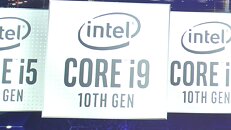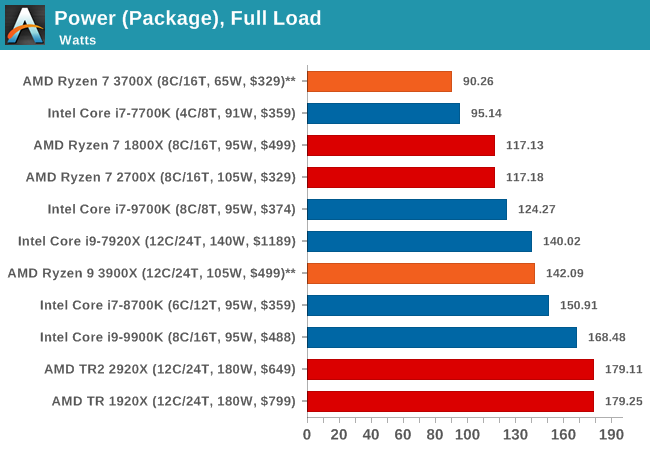Raevenlord
News Editor
- Joined
- Aug 12, 2016
- Messages
- 3,755 (1.18/day)
- Location
- Portugal
| System Name | The Ryzening |
|---|---|
| Processor | AMD Ryzen 9 5900X |
| Motherboard | MSI X570 MAG TOMAHAWK |
| Cooling | Lian Li Galahad 360mm AIO |
| Memory | 32 GB G.Skill Trident Z F4-3733 (4x 8 GB) |
| Video Card(s) | Gigabyte RTX 3070 Ti |
| Storage | Boot: Transcend MTE220S 2TB, Kintson A2000 1TB, Seagate Firewolf Pro 14 TB |
| Display(s) | Acer Nitro VG270UP (1440p 144 Hz IPS) |
| Case | Lian Li O11DX Dynamic White |
| Audio Device(s) | iFi Audio Zen DAC |
| Power Supply | Seasonic Focus+ 750 W |
| Mouse | Cooler Master Masterkeys Lite L |
| Keyboard | Cooler Master Masterkeys Lite L |
| Software | Windows 10 x64 |
Reports are flooding the web regarding Intel's total lack of reference to their upcoming Comet Lake family of CPUs, which will be branded under the Intel Core 10000 series. As reports would have it, motherboard makers had stock of LGA 1200 motherboards ready to showcase at CES, but were told to pull them in what is equivalent to a logistical "last minute". It seems that both Intel's lack of commitment to Comet Lake on its CES presentation and absence of ecosystem showcase at this year's CES might have something to do with, well, close to shame on Intel's parts.
Comet Lake will increase the maximum core count for their desktop CPUs up to 10 cores and 20 logical threads. But being built on the same 14 nm process as previous Intel generations since Skylake, there isn't much that can be done to offset increased power consumption. This is why industry sources are claiming Intel decided to skip Comet Lake at this CES - a difficulty to rein in the processors' power consumption in time for the event, with power consumption hitting 300 W. And with Intel's Core i9 10900K being configured with a PL2 (Power Level 2) of 250 W, a maximum 300 W under full load seems more than plausible.

View at TechPowerUp Main Site
Comet Lake will increase the maximum core count for their desktop CPUs up to 10 cores and 20 logical threads. But being built on the same 14 nm process as previous Intel generations since Skylake, there isn't much that can be done to offset increased power consumption. This is why industry sources are claiming Intel decided to skip Comet Lake at this CES - a difficulty to rein in the processors' power consumption in time for the event, with power consumption hitting 300 W. And with Intel's Core i9 10900K being configured with a PL2 (Power Level 2) of 250 W, a maximum 300 W under full load seems more than plausible.

View at TechPowerUp Main Site






